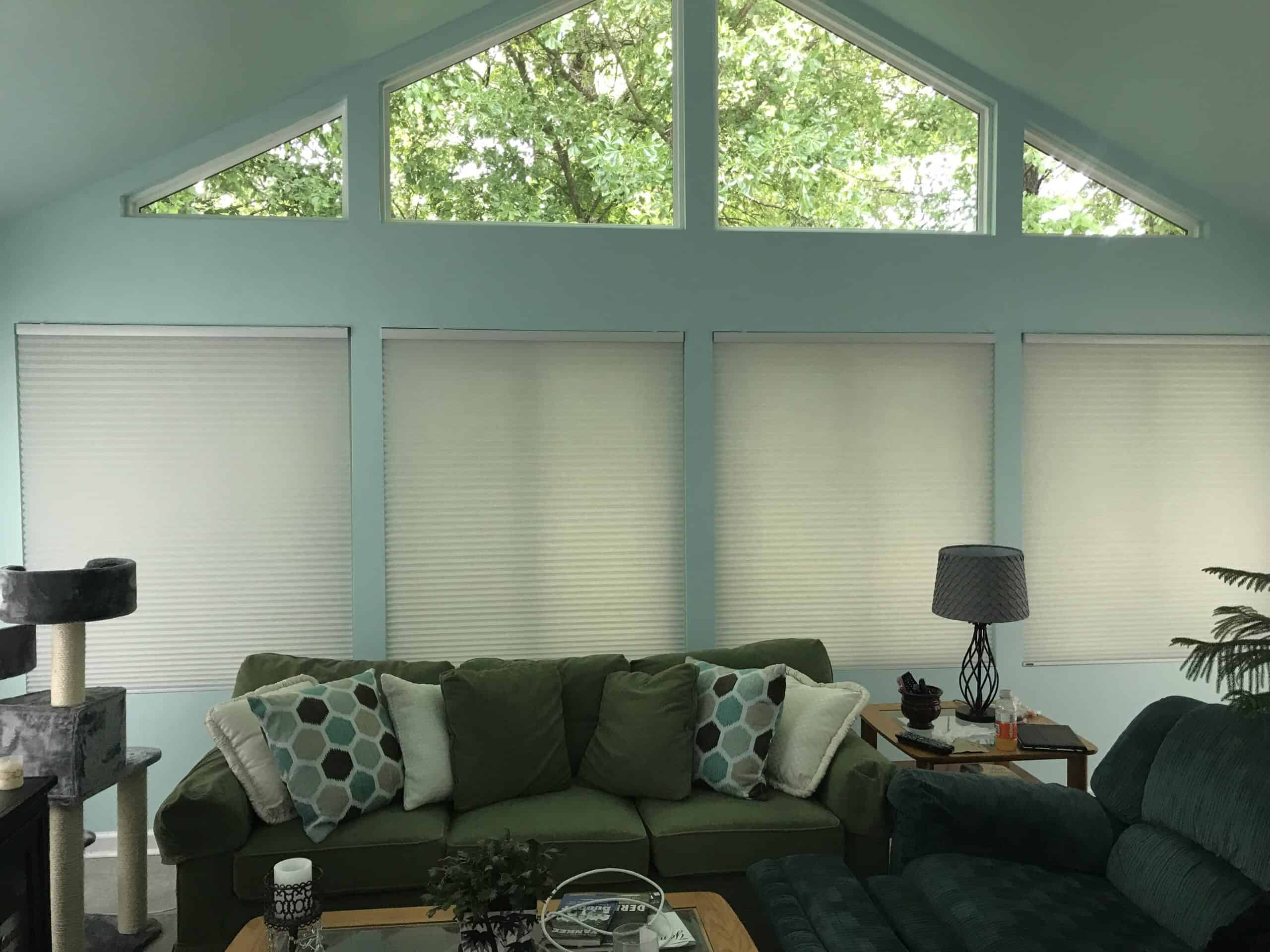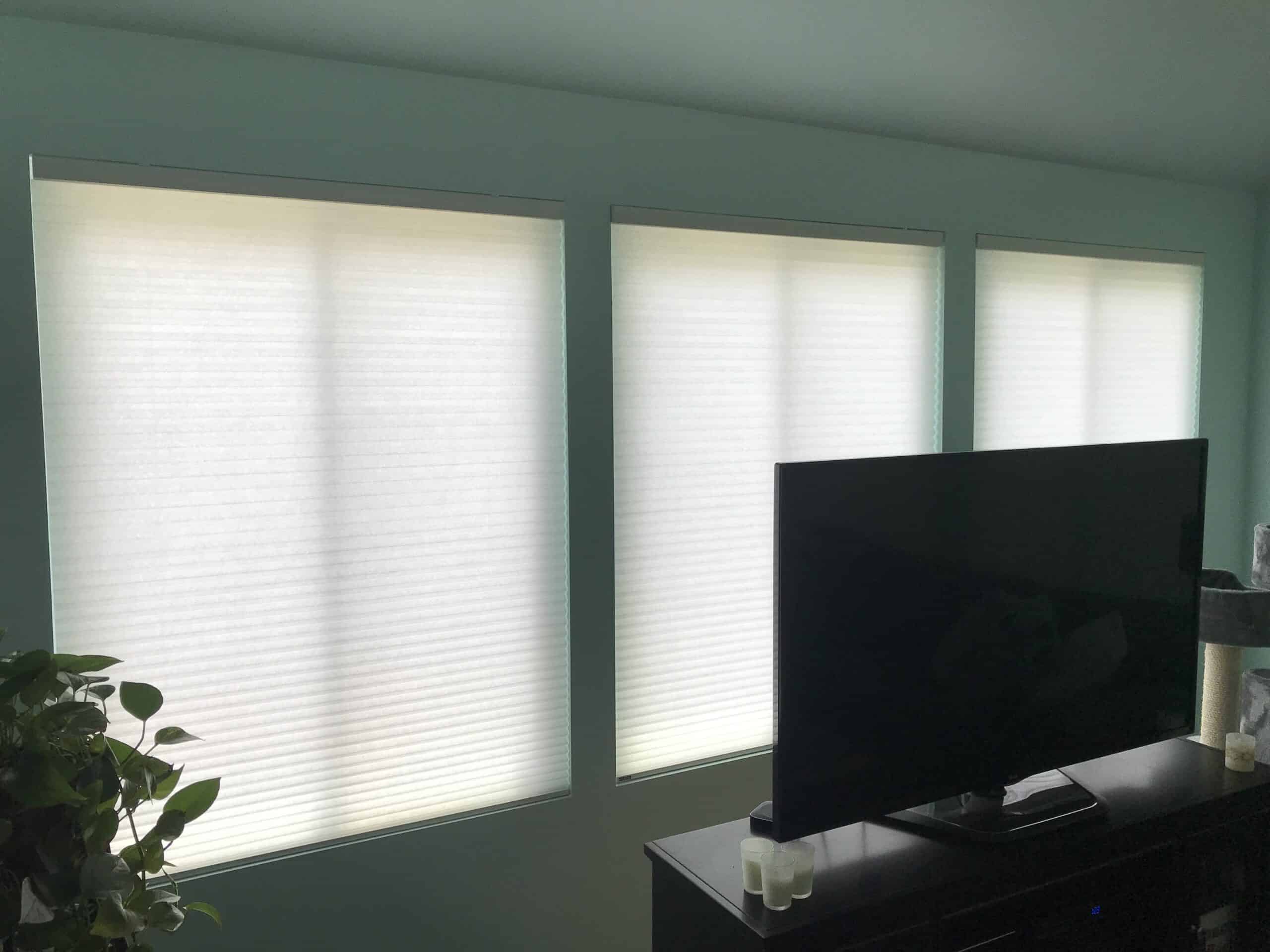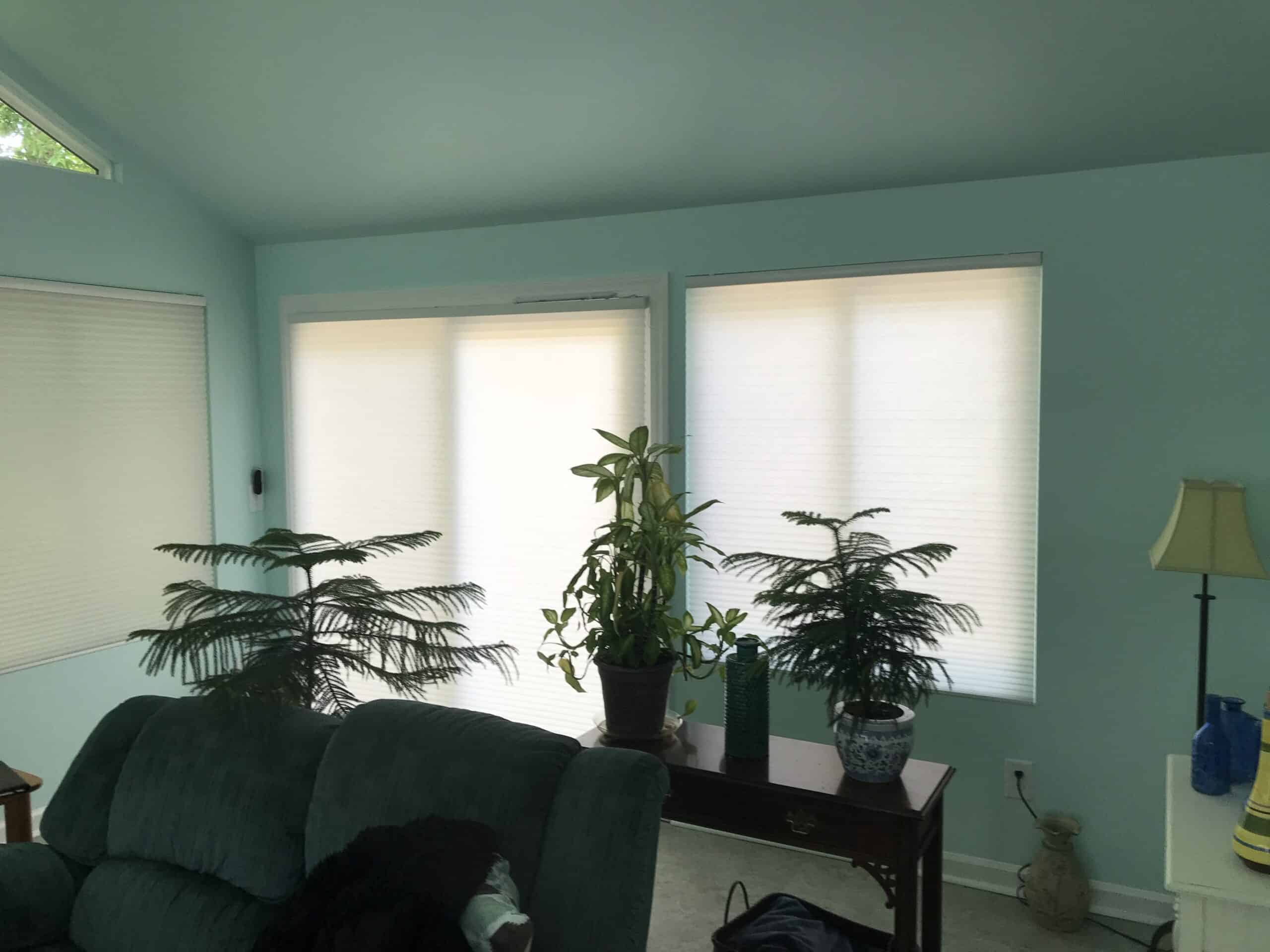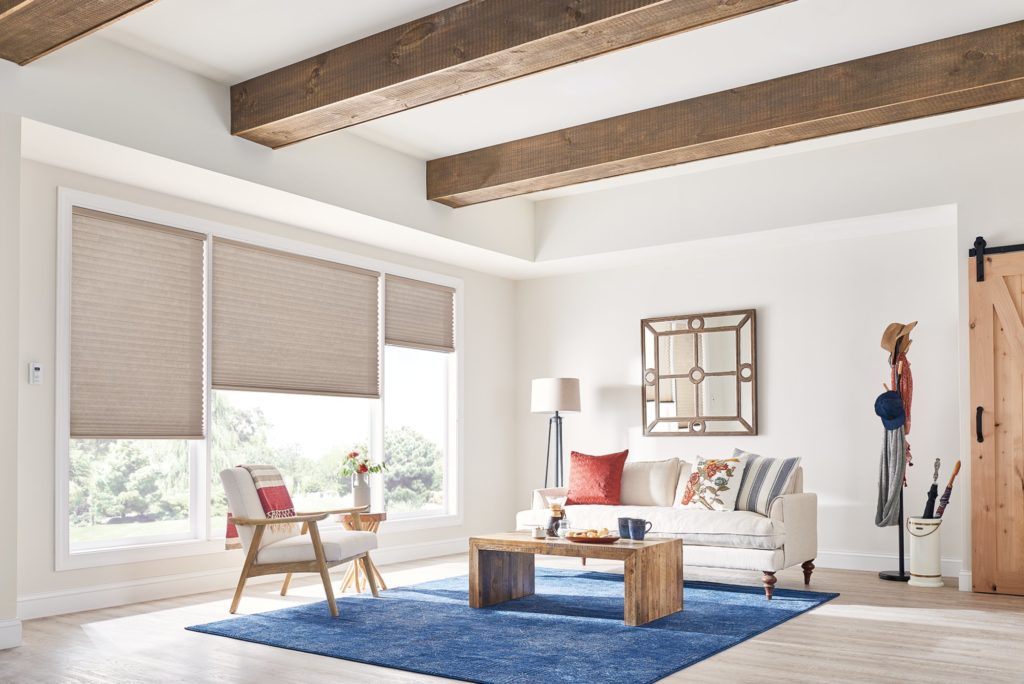
Cellular shades vs solar shades: which is best for your home?
When it comes to window treatments, there are so many options to choose from. From blinds to shades, there is an abundance of styles and materials. So how do you know which one is the best for your home? In this article, we will be focusing on two of the most popular window treatments, cellular shades and solar shades, and discuss the differences between them and the factors to consider when choosing between the two.
What are Cellular Shades?
Cellular shades, also known as honeycomb shades, are a popular window treatment option for many homeowners. They are made of multiple layers of fabric, which are connected together with a honeycomb pattern. Cellular shades come in a variety of colors and fabrics, from blackout and light-filtering fabrics to semi-opaque and sheer fabrics. Additionally, they are available in several different styles and sizes, making them a great option for any room.
Cellular shades are energy efficient and offer insulation, keeping your home warm in the winter and cool in the summer. The honeycomb structure traps air between the layers of fabric and acts as a barrier to keep your home insulated. Additionally, they are highly durable and will last for years with proper care and maintenance.
What are Solar Shades?
Solar shades, also known as sun shades, are another popular option for window treatments. Solar shades, as their name implies, are crafted to soften the powerful sunlight and keep out any undesirable UV rays from your living space.
They are made of a single layer of fabric and are designed to block out sunlight and reduce glare. Solar shades are available in a variety of colors and fabrics, from blackout and light-filtering fabrics to semi-opaque and sheer fabrics.
Comparing Cellular Shades and Solar Shades
When it comes to choosing the right window treatments for your home, it is important to compare the different options available. Both cellular shades and solar shades offer several benefits, but there are some key differences that you should consider when making your decision.
The main difference between cellular shades and solar shades is the amount of insulation they provide. Cellular shades are more energy efficient than solar shades due to their honeycomb structure, which traps air between the layers of fabric and acts as a barrier to keep your home insulated. Solar shades, on the other hand, are made of a single layer of fabric and do not offer as much insulation as cellular shades.
The other key difference between the two is the amount of light they block out.
When it comes to light control, cellular shades are available in a variety of colors and fabrics, from blackout and light-filtering fabrics to semi-opaque and sheer fabrics. Additionally, cellular shades are super straightforward to use. All you need to do is pull the cord loop, go for the cordless option, or reach for the remote (if you have motorized shades) to adjust the light levels according to your preference.
Solar shades provide an innovative way of managing the light that enters your home. The degree of openness of these shades is expressed as a percentage, with a 5% solar shade allowing 5% of UV rays to come in while blocking 95%. The more open the fabric is woven, the more light it lets in. Conversely, a lower openness density will be more opaque and block out more sunlight. When choosing your solar shades, keep this in mind!
Factors to Consider When Choosing Between Cellular Shades and Solar Shades
When it comes to choosing between cellular shades and solar shades, there are several factors to consider.
The first factor to consider is the amount of insulation you need. Cellular shades are more energy efficient than solar shades due to their honeycomb structure. Solar shades, on the other hand, are made of a single layer of fabric and do not offer as much insulation as cellular shades.
The other factor to consider is the amount of light you need to block out. Cellular shades are available in a variety of colors and fabrics, from blackout and light-filtering fabrics to semi-opaque and sheer fabrics. Solar shades, however, are designed to block out sunlight and reduce glare, making them a great option for rooms that need extra protection from the sun.
Norman cellular shades for a large sunroom
In the case of our client in Apex, we recommended cellular shades for her sunroom. The room had a lot of windows which meant it warmed up quickly when the sun was out. She also wanted to be able to easily filter the light to make the room more comfortable.
Cellular shades help regulate the temperature of the room in both hot and cold months, making them energy-efficient year-round.
Choosing the right window treatments for your home can be a difficult decision. There are many factors to consider, from budget to insulation needs. When it comes to cellular shades vs solar shades, both offer several benefits, but there are some key differences that you should consider when making your decision.
If you’re still unsure about which window treatment is right for you, contact Made in the Shade Raleigh for a free consultation. They can help you find the perfect window treatment to fit your needs and budget.
BROWSE MORE IMAGES FROM THIS PROJECT

